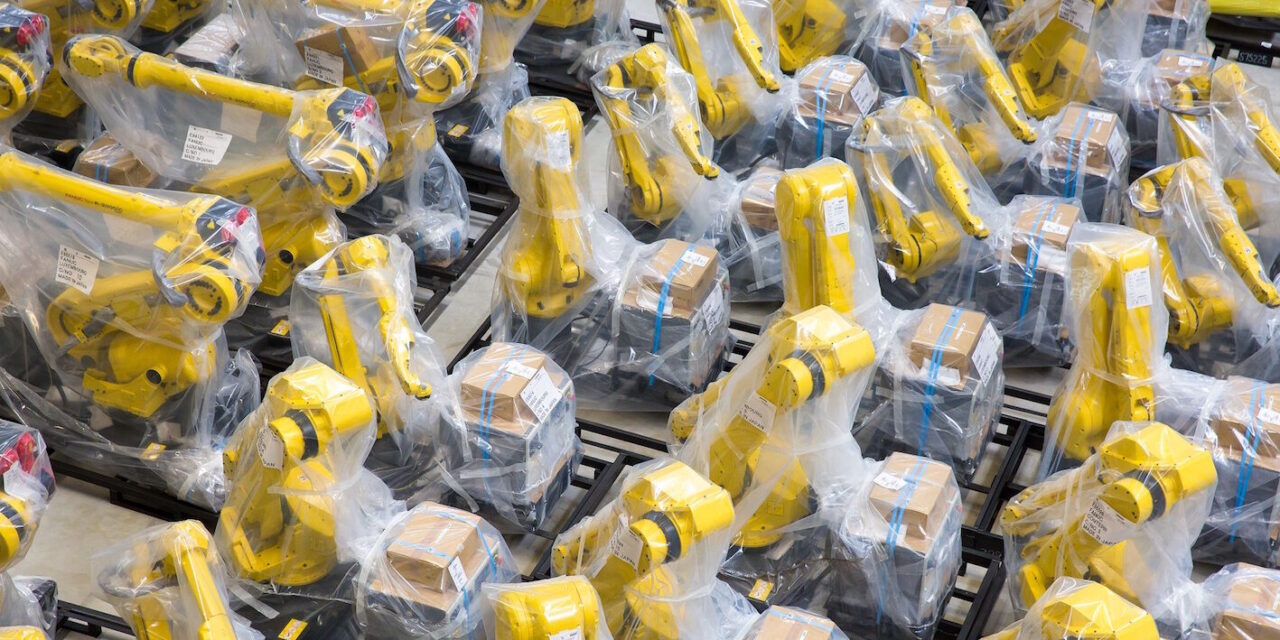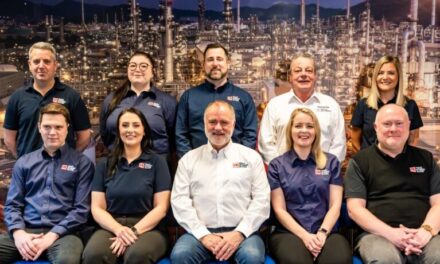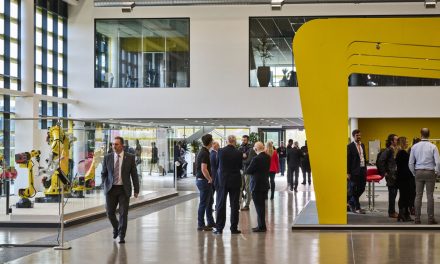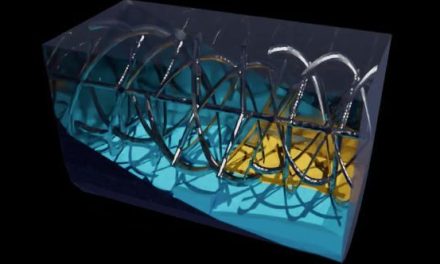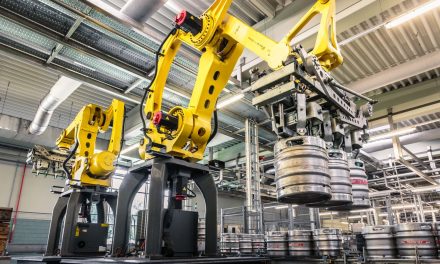After lagging behind their international counterparts for many years, UK manufacturers are finally waking up to the benefits of automation, prompted in part by labour shortages as a result of Brexit and the pandemic. With the vacancy rate reaching a record high of 4.1 at the start of 2022, increasing numbers of firms are now looking to automate their more repetitive or mundane tasks, freeing up employees for more value-added roles. In the face of this shift towards automation, Shinichi Tanzawa, European President & CEO of leading robotics and automation specialist FANUC, warns UK manufacturers to avoid falling into the trap of prioritising purchase price over total cost of ownership, and outlines his company’s commitment to customer service…

Shinichi Tanzawa, European President & CEO of leading robotics and automation specialist FANUC, warns UK manufacturers to avoid falling into the trap of prioritising purchase price over total cost of ownership.
Prioritising TCO
When it comes to automation, quality is as important as functionality and pricing. As the world market leader with over 810,000 robots produced to date, we strive for long-term, trusting relationships with our customers, because it usually takes eight to 10 years to realise the extensive benefits of our high-quality and durable products. This is largely thanks to our low total cost of ownership (TCO). Even after five, 10 or 20 years of operation, the reliability of our robots means our customers pay almost nothing for maintenance.
This is not the norm. In fact, our robots last twice as long as most of our competitors’, where maintenance costs usually exceed the purchase price of the robot itself. This is why manufacturers must look at more than just the initial purchase price when investing in automation. We recommend considering three crucial elements: functionality, price and quality. When developing our solutions, we focus on the areas of cost reduction, higher reliability and fewer parts. We try to simplify our products to reduce costs and increase reliability, as fewer parts mean fewer failures.
Maximising uptime
One of our key preventive maintenance solutions for our robots is ZDT, short for Zero Down Time. The servo motors that are integrated into our robots produce a lot of data which is collected and analysed by ZDT software solution. We use this information to alert our customers before a robot breaks down, so that it can be serviced in time; ideally with two weeks’ notice so that its use can be optimised but any downtime minimised. We also follow a strict ‘service first’ policy that includes maintaining a large network of field service technicians and high availability of spare parts. Across Europe, the average time between a customer’s call and the successful repair of their robot is less than 20 hours.
In addition, we keep in stock spare parts that cover 99.97% of all the products we have ever manufactured. A total of 360,000 spare parts are held at our European warehouse alone and including stock at other European locations, we have access to more than 700,000 replacement components, despite the fact that many of these parts are only required after several years or even decades of operation. Over the past five years, we’ve improved the availability of spares from the original 99% to 99.97% and my personal goal is to reach 100%. We currently only miss one out of every 4,000 spare part requests.
Futureproofing operations
Collaborative robots (cobots) are generating a lot of excitement within the industry, but as yet, they are not widely seen in UK factories. Most cobots currently available on the market are suitable for use in laboratories but not industrial environments because it is difficult to balance the required level of sensitivity and durability. However, our new lightweight CRX cobots successfully combine both these characteristics, as well as ease of use. As a result, we’re starting to see real demand from manufacturers.
In the past five years, our robot sales in Europe have increased by more than 10% every year and if this trend continues, we will double our robot sales within the next 10 years. However, as a matter of principle, we only advise automation if the investment pays off for our customers. This is also how we conduct business in our own factories. Almost 5,000 of our own robots are now in use day and night at our manufacturing plants – no other robot manufacturer uses robots on this scale within their own production facilities. This strategy has provided us with greater flexibility in our manufacturing operations and helped us to overcome the skills shortage that is affecting so many businesses today. And as we know our own products first-hand, we can support our European customers with suitable solutions for their automation needs.
